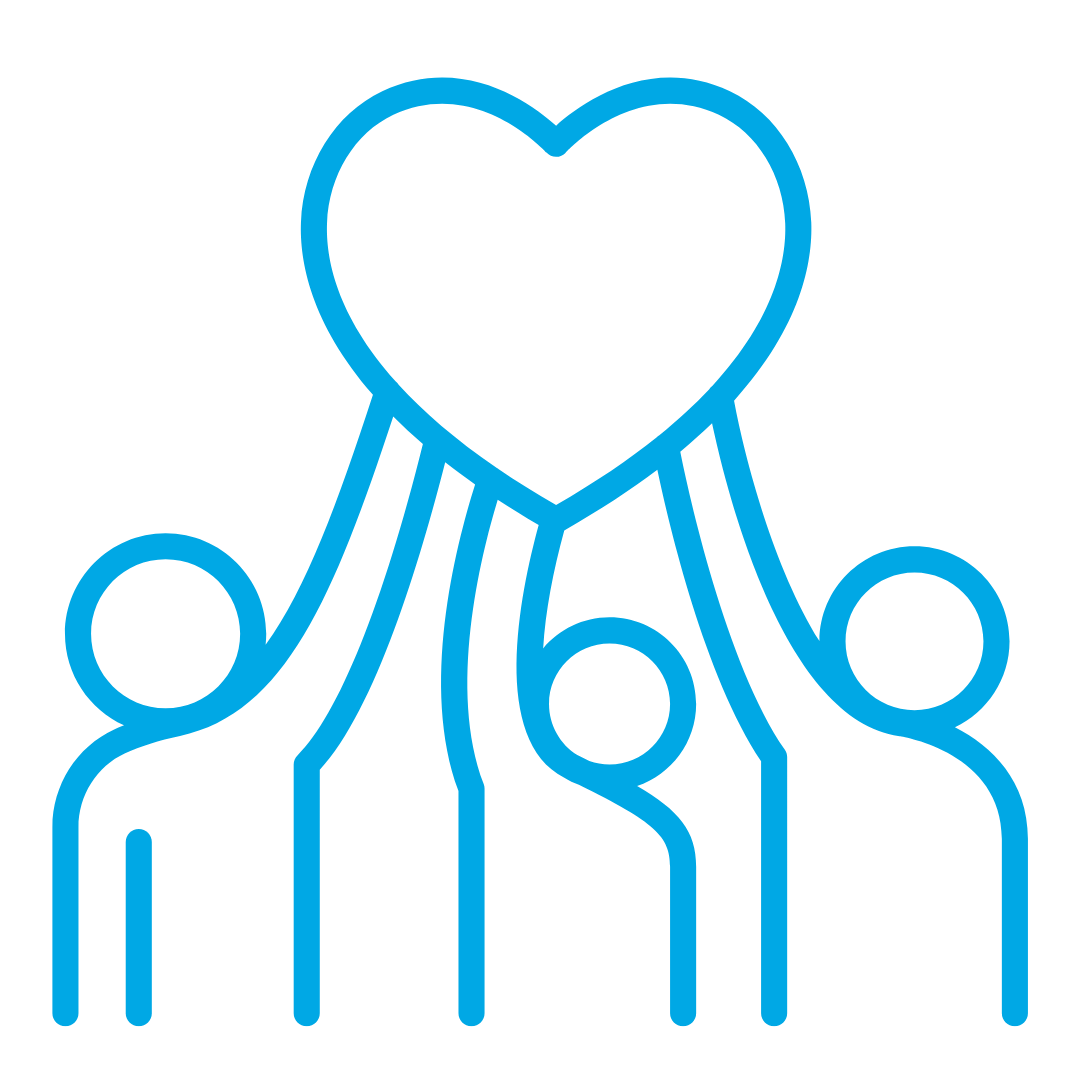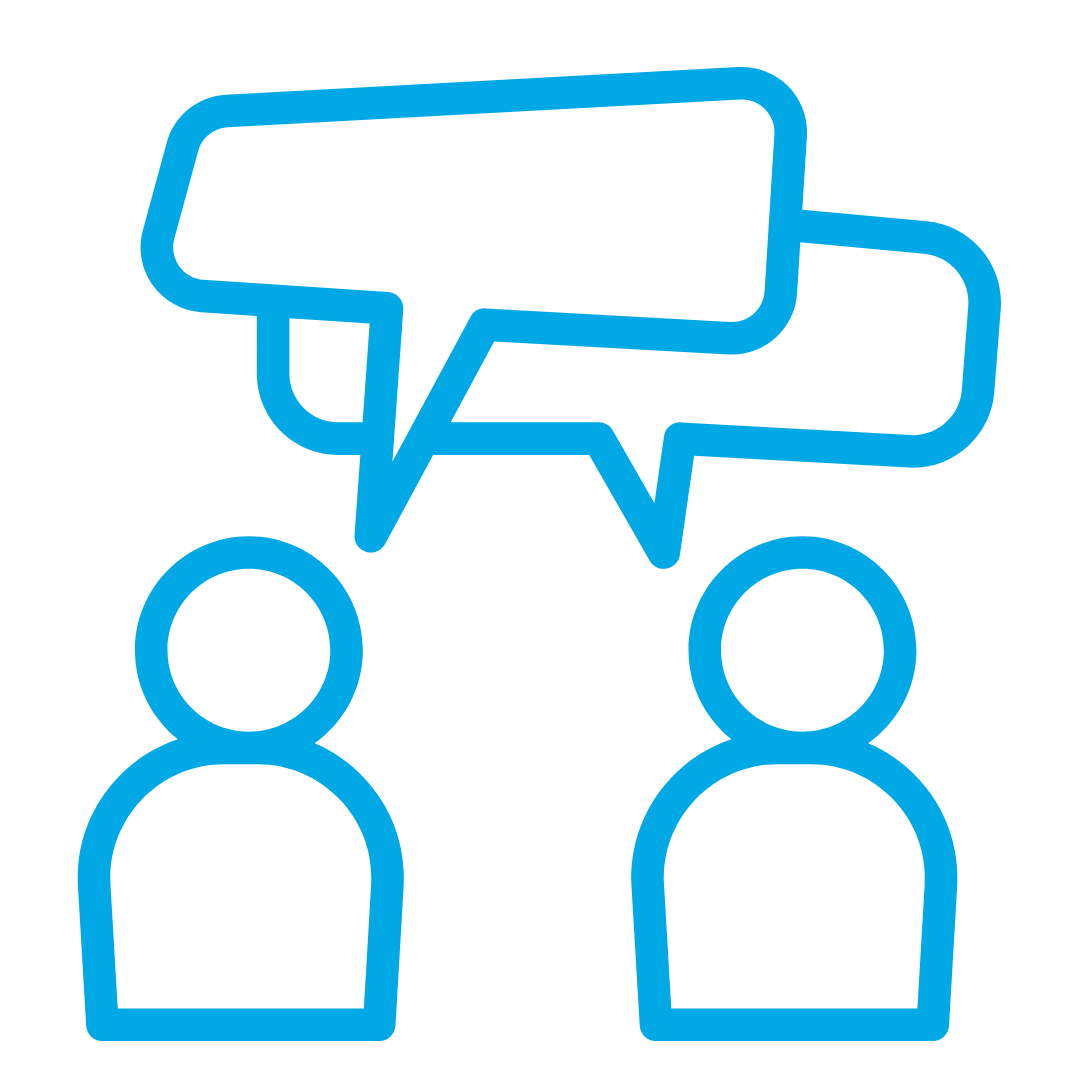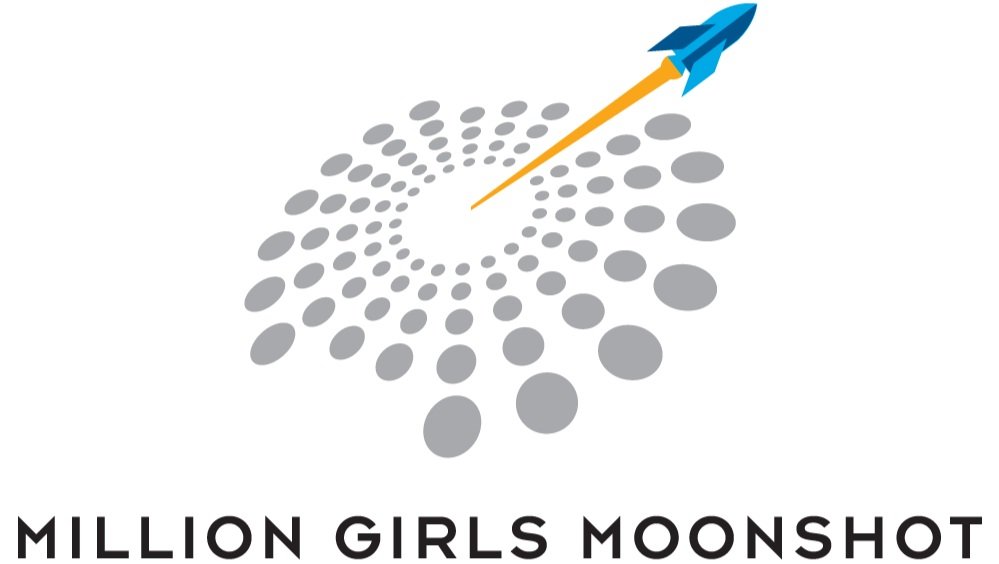
STEM Pathways and Transitions
The out-of-school time space provides an unique environment for fostering interest, especially in STEM. Research also tells us that continuous engagement and exposure rather than limited one-time opportunities are needed to nurture the interest and motivation necessary for children to pursue STEM pathways long term.
The Million Girls Moonshot aims to understand and support transitions and handoffs that remove barriers for youth by connecting STEM learning across ages and settings, ensuring youth interest and motivation persists, especially for underrepresented groups like girls, youth of color, and youth from low-income families.
To understand and uncover how local programs can better support connected opportunities for STEM learning, we’re partnering with the Connected Learning Lab at University of California Irvine, to identify and evaluate the strategies and models STEM programs use to support middle school girls specifically through transitions from one OST STEM program to another or to specific in-school support programs.

Making Connections to Support STEM Transitions for Middle School Girls
Learnings from a collaborative research project by STEM Next, Connected Learning Lab and the Gordon and Betty Moore Foundation.
Strategies for Making Connections With Partners
-

Leveraging a wraparound model to address holistic needs to support STEM learning and development
-

Coordinating between in school and out-of-school settings to cultivate youths' STEM interests
-

Giving back to one's community through STEM/STEAM related activities
-

A near-peer mentorship model to support transitions to STEM academic and career opportunities through mentorship
-

Translating youth interests into STEM career and entrepreneurship opportunities
-

Building relationships with families and youth to get buy-in for pursuing immersive STEM opportunities
-

STEM repository building through the curation of an online tool to link young people to STEM opportunities
-

Open portfolios to track STEM learning and progress across settings
Program Leader, Florida
“Maybe you’re really drawn to neuroscience. So, we want you to talk about what you like about it… then we’re going to show you a website that has all the opportunities related to everything from neuroscience to biomedical…if you want to explore further and ask, ‘where do I go from here?’”
Program Leader, Massachusetts
“As far as education, I definitely can relate to the girls because although my parents wanted me to go on to college and they wanted me to be successful, [my parents] didn't know how, and so I was on my own.
I feel the girls are in that same boat, their parents want them to go on, and they want a secure future for them. But they don't know the steps, and that’s where we come in. We're trying to work with you, let's work with your parents.”
More Resources
-
Research: The Connected Learning Research Network: Reflections on a Decade of Engaged Scholarship
This report from the Connected Learning Research Network (CLRN) presents a vision for understanding and revitalizing the ways in which we support learning during these changing times. This report synthesizes a varied set of content and perspectives: empirical research on the changing landscape of new media and learning, design principles, evaluation approaches, learner and case studies oriented to identifying and spreading positive innovations.
-
Toolkit: Brokering Youth Pathways: A Toolkit for Connecting Youth to Future Opportunities
This Hive Research Lab toolkit explores the various ways in which out-of-school educators and professionals have approached the challenge of brokering - supporting the identity development, social capital building and long-term, interest-driven learning across settings actively connecting program participants to new learning opportunities.
